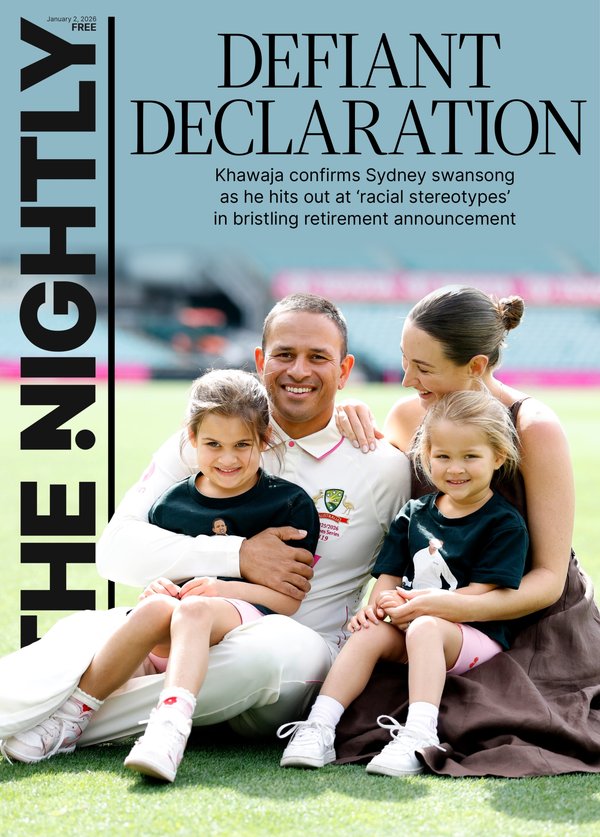Global stocks trampled as Nikkei crashes 13 per cent

Stock markets have tumbled and Japanese shares plummeted a gut-wrenching 13 per cent as fears the United States could be heading for recession sent investors rushing from risk while wagering that rapid-fire rate cuts will be needed to rescue growth.
Such was the torrent of selling on Monday that circuit breakers were triggered in exchanges across Asia.
The safe-haven yen and Swiss franc surged as crowded carry trades unravelled, sparking speculation some investors were having to unload profitable trades just to get the money to cover losses elsewhere.
Sign up to The Nightly's newsletters.
Get the first look at the digital newspaper, curated daily stories and breaking headlines delivered to your inbox.
By continuing you agree to our Terms and Privacy Policy.Nasdaq futures sank a deep 4.7 per cent while S&P 500 futures dropped 12.4 per cent as the rout went worldwide. EUROSTOXX 50 futures fell 2.1 per cent and FTSE futures 1.2 per cent.
Japan’s Nikkei shed a staggering 13 per cent to hit seven-month lows, a scale of losses not seen since the 2011 global financial crisis.
MSCI’s broadest index of Asia-Pacific shares outside Japan lost 4.2 per cent.
Chinese blue chips dipped only 0.5 per cent, aided by a bounce in the Caixin services PMI to 52.1.
Japanese 10-year bond yields fell a steep 17 basis points to the lowest since April at 0.785 per cent, as markets radically reconsidered the prospect of another hike from the Bank of Japan.
Treasury bonds were in demand with 10-year yields hitting 3.723 per cent, the lowest since mid-2023.
Two-year yields dropped to 3.807 per cent, having already fallen 50 basis points last week, and could soon slide below 10-year yields, turning the curve positive in a way that has heralded recessions in the past.
The worryingly weak July payrolls report saw markets price in a 78 per cent chance the Federal Reserve will not only cut rates in September but ease by a full 50 basis points.
Futures imply 122 basis points of cuts in the 5.25 per cent to 5.5 per cent funds rate in 2024, and see rates about three per cent by the end of 2025.
Investors will get a read on employment in the US service sector from the ISM non-manufacturing survey due later on Monday and analysts are hoping for a rebound to 51.0 after June’s unexpected slide to 48.8.
This week has earnings from industrial bellwether Caterpillar and media giant Walt Disney, which will give more insight into the state of the consumer and manufacturing. Also reporting are healthcare heavyweights such as weight-loss drug maker Eli Lilly.
The huge drop in Treasury yields had also overshadowed the US dollar’s usual safe-haven appeal and dragged the currency down 0.4 per cent on a basket of majors.
The dollar shed another 2.2 per cent on the Japanese yen at 143.10, while the euro dived 1.9 per cent to 156.35.
The single currency was holding firm on the dollar at $1.0934 .
The Swiss franc was a major beneficiary of the rush from risk, with the dollar falling 0.9 per cent to touch six-month lows at 0.8485 francs.
Investors had also increased wagers other major central banks would follow the Fed’s lead and ease more aggressively, with the European Central Bank seen cutting by 67 basis points by Christmas.
In commodity markets, gold gained a safety bid and rose to $US2,456 an ounce.
Oil prices started firmer amid concerns about a widening conflict in the Middle East but worries about global demand soon dragged it down again.
Brent slipped 13 cents to $US76.68 a barrel, while US crude lost 22 cents to $US73.30 a barrel.
More to come.
